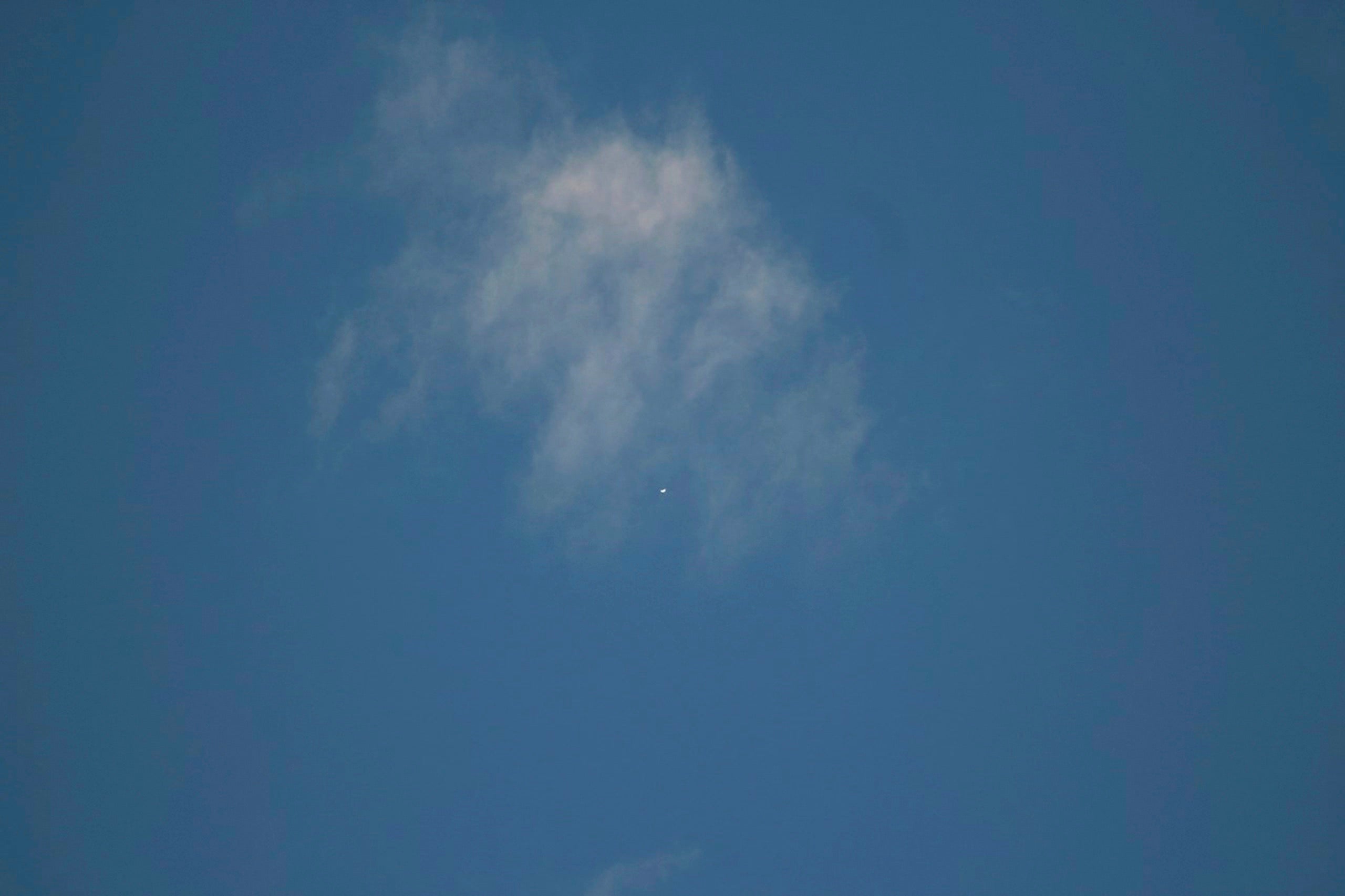
This month, Venus
appears in the western sky, where it will shine at magnitude –4.3 by month’s end. Although on the 29th the planet’s disk is small (19″) and its illuminated phase is 63 percent, that’s the time to start a naked-eye observing project that will last until late May, when you can attempt seeing the crescent of Venus with your unaided eyes.Why start so soon? Through long-term monitoring, you may become aware of subtle differences in the planet’s appearance as its gibbous phase wanes into a crescent. You also may sense how atmospheric conditions affect the view. Keeping good records of both will help when drawing any conclusions.
Is that it?
Naked-eye sightings of the crescent have long been disputed, with opinions strong on both sides. Chaldean sightings date to 3000 b.c. Some naysayers, however, tout the golden rule that the eyes’ angular resolution is 1′ (60″) – roughly the apparent size of Venus when largest, making sightings of a crescent impossible.But rules are made to be broken, especially given that Dawes’ limit (a formula that gives the resolution of optics) does not apply to planetary observing or daytime/twilight observing, when the resolving power of our eyes’ cone cells are still employed. It applies only to stars of similar magnitude and color seen against a dark sky. Besides, not everyone’s visual acuity is the same, so it’s hard to judge what your results will be.The simplest proof that Dawes’ limit breaks down is the discovery of the Cassini Division in Saturn’s rings. At the ansae (the apparent ends of the rings), the division measures between 0.5″ and 0.6″ across, depending on the apparition. Dawes’ formula would make seeing that feature a challenge through an 8-inch telescope. But Giovanni Domenico Cassini discovered it in A.D. 1675 using a 2.5-inch scope.Perhaps we should consider the advice from French ophthalmologist Damien Gatinel, who says about naked-eye resolution: “In practice, visual acuity may cross that line [Dawes’ limit], and separate patterns still fine (up to 30 seconds of arc).” So try freeing your mind, go outside without any preconceived notions, and just see what you can see.
Details and hints
On April 27, Venus
attains
its greatest brilliancy
for this apparition, magnitude –4.7. By May 31, it fades to magnitude –4.0, while the illuminated part of Venus shrinks as the planet grows in size. During the last week of May, Venus will appear between 55″ and 58″ across, bringing the slender crescent into the realm of visibility for those with acute eyesight. Those who wear glasses should also try, even if they get a slight boost in magnification. After all, we’re experimenting.Please remember that the phase of Venus is difficult to detect when the planet appears against a dark sky because the eye’s iris opens wide to receive more light, exposing the outer part of the lens. That region is not as good optically, so it softens the focus.My own experiences have shown that the planet’s brightness overpowers the view even when seen in twilight, so observations in the daytime will provide the best results.
Perhaps you’ll have luck like H.W. Cornell of the Milwaukee Astronomical Society, who, in its bulletin for December 1934, said that as he followed the planet from morning twilight into the day, Venus’ brilliance still interfered – until his employer’s “whistle blew to summon its early shift of workers.” The cloud of steam rising from the whistle passed right in front of Venus. Then, as the cloud slowly dissipated, he saw, “for two or three seconds only,” the crescent with his unaided eyes. “Quickly I looked with opera glasses – the crescent was at the exact angle at which I had seen it with the naked eye … I consider it my most remarkable naked eye observation.”Send your results to sjomeara31@gmail.com. Include details on your eyesight, glasses, or other conditions.









